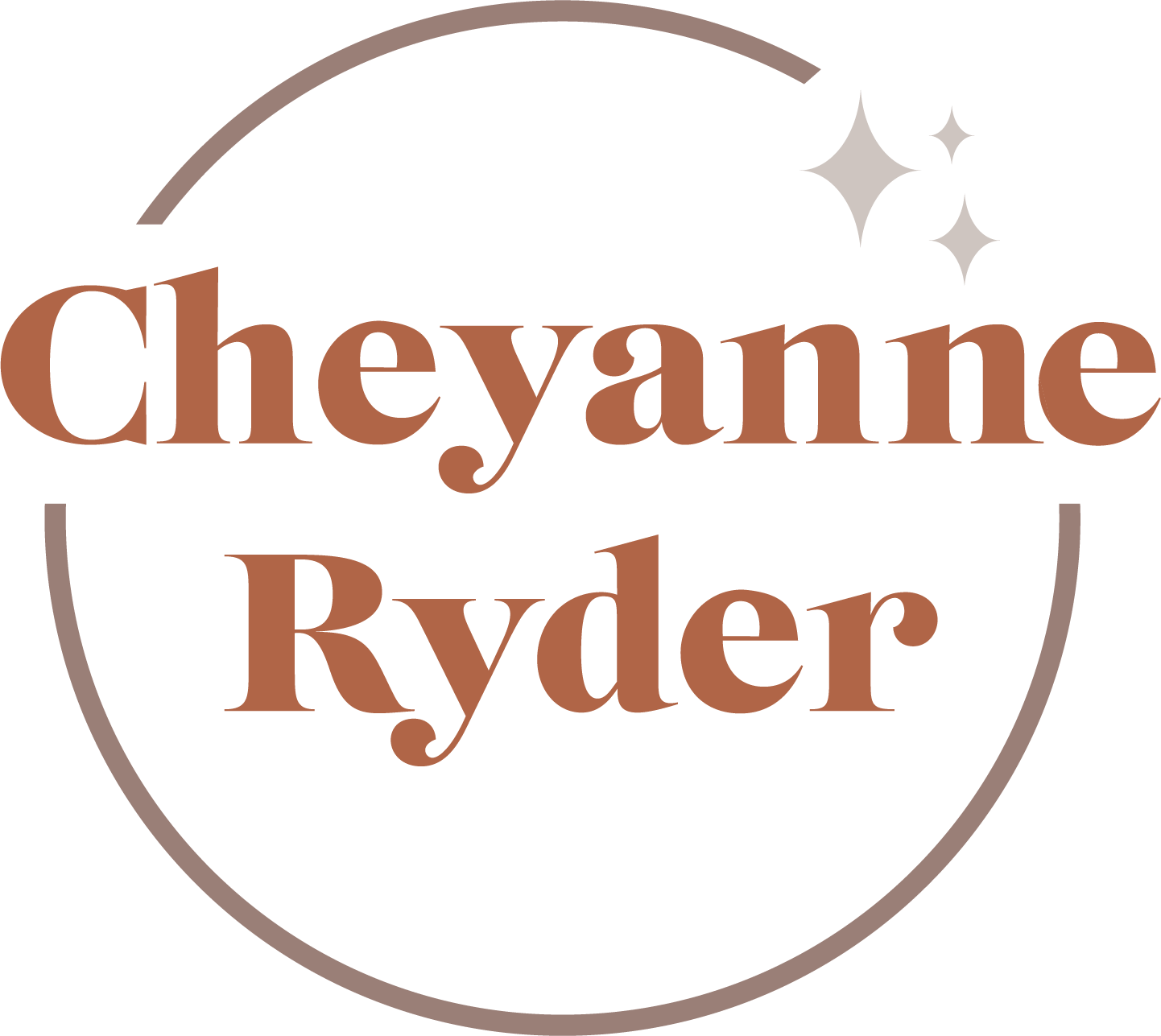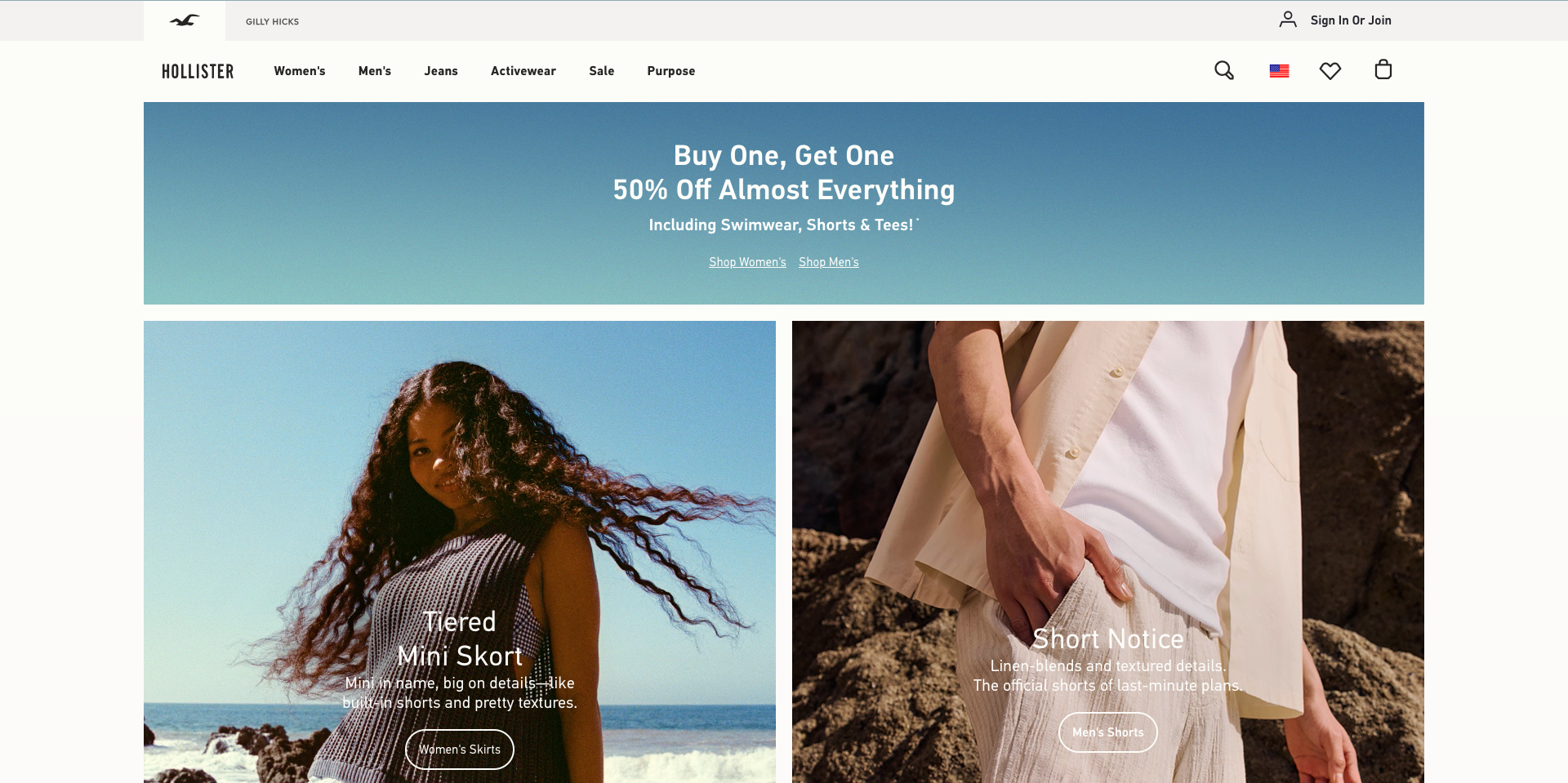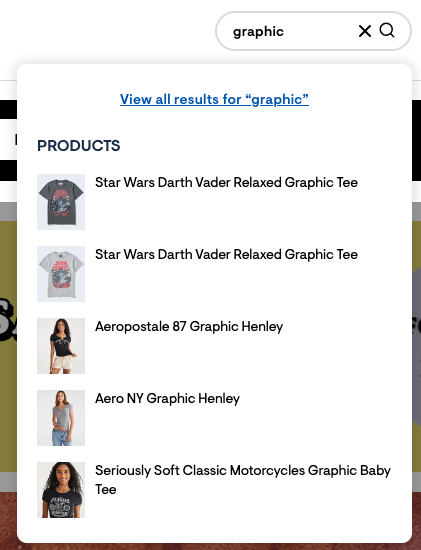Site Analysis: Personas’ Feelings & Needs
February 2022
Proposal
Analyzing websites through feelings and needs statements allows for deeper empathy within user experience research. Promoting a stronger understanding of users’ emotions and requirements can lead to the development of solutions that address their needs to improve their overall experience with the product.
For this research, I chose to compare the websites for Hollister and Aeropostale (as of February 2022). In this analysis, I focused on a variety of features including predictive search, sizing guide, and design elements including typography and color palette.
Design
One of the first pages that users will see is the site’s homepage. Homepage design was one of the first design elements that I analyzed and used feelings and needs statements to further empathize with users.
Although the sites may seem similar at first glance, they are very much different. I looked at the color palette, typography, readability, and imagery to better understand how the site made me feel as a user, and if my needs were being met.
Hollister’s homepage imagery makes me FEEL CREATIVE, OPEN, and INSPIRED because my NEED for COMMUNITY, BEAUTY, and FREEDOM is being met. Hollister’s homepage imagery is high quality and stylish. Each image shows a model in a different style while creating a fun and playful aesthetic and user interface. Additionally, the images each promote a different section of the site for a simplified user experience.
Aeropostale’s homepage imagery makes me FEEL CREATIVE, OPEN, and INSPIRED because my NEED for COMMUNITY, BEAUTY, and FREEDOM is being met. Aeropostale’s homepage imagery is high quality, and they all have a similar aesthetic. The models promote the brand’s products well and provide styling inspiration for users. The images themselves do not link to a specific category themselves, there seem to be small titles under each that provide the link.
Experience
Each site offers its own unique user experience. I specifically analyzed features such as predictive search, store locators, sizing guides, and more. Both sites had their own pain points and areas of success.
To further empathize with users, I again used feelings and needs statements to accompany this analysis.
Hollister’s predictive search makes me FEEL ANNOYED, HESITANT, and TORN because my NEED for CHOICE, CLARITY, and TO UNDERSTAND AND BE UNDERSTOOD is NOT being met. Hollister has a somewhat responsive predictive search, but it does not respond to every word or letter that the user types in. Additionally, the search results provide much fewer results the more the user types. The results are also not accompanied by photos to provide clarity. The predictive search made me feel annoyed due to the lack of variety the results provided me with.
Aeropostale’s predictive search makes me FEEL ENCOURAGED, DELIGHTED, and SATISFIED because my NEED for CHOICE, CLARITY, and TO UNDERSTAND AND BE UNDERSTOOD is being met. Aeropostale provides a positive user experience when it comes to predictive search. As you type in each letter the search results change based on the additional letters to provide more specific search results. Additionally, the site provides images to accompany search results so the user can see what each product title looks like. The search results provided by the predictive search satisfied my needs.
Conclusion
You can check out the document that houses the entire analysis with each feeling and needs statement here!
Finding the right words to describe exactly what you feel and need can be challenging. However, though it is a challenge it is still significant information that can not be left out. Without understanding the feelings and needs of our users, designers will not know how to effectively design for them or how to solve any problems that may already exist.
If a user has positive emotions, the designer did their job. If a user has negative emotions, the designer still has work to do. Subconsciously, all users want to do with a product is have their needs met. Having a background in psychology can provide a designer with valuable insight.





